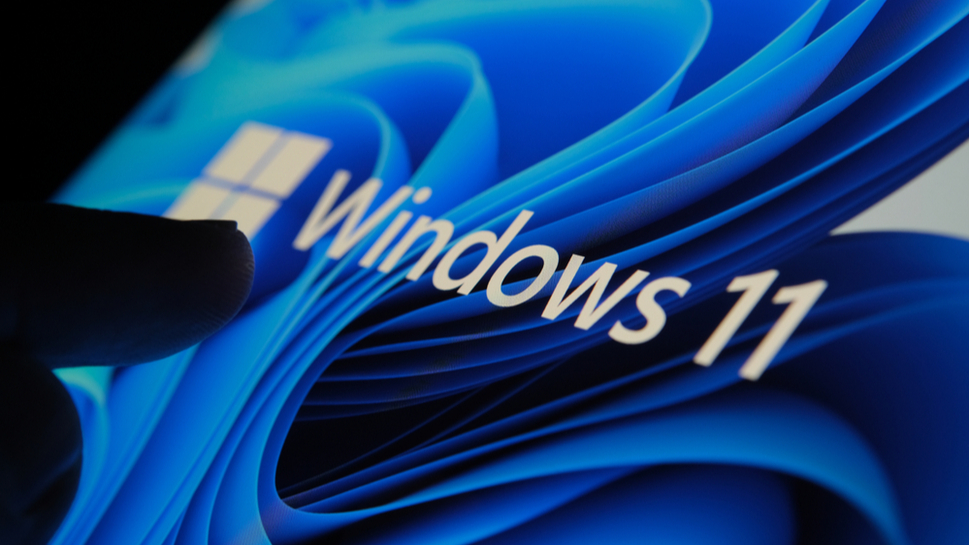There’s already a way to remove Windows 11’s watermark – here’s how
Clear desktop ahoy!

Microsoft has recently added a ‘feature’ to Windows 11 that will show a watermark message on the desktop if the PC it’s running on does not meet the system requirements, but there’s already a hack available to get rid of it.
Windows 11 has some weird system requirements that has meant some perfectly powerful and relatively modern PCs are deemed unable to run the new operating system. However, it’s relatively easy to get Windows 11 to run on these devices anyway, and while it all seems to work fine, Microsoft has warned against doing this.
The company now seems even more determined to dissuade people from running Windows 11 on unsupported hardware by adding a watermark that appears on the desktop that says “System requirements not met.” While this doesn’t prevent the PC from being used, it’s pretty annoying, so it comes as little surprise to find that someone at Deskmodder.de has already found a way to remove the watermark.
How to remove the Windows 11 watermark
If the watermark appears on your PC, here’s the steps you need to take to remove it. This process involves editing Windows 11’s registry, and if this is done incorrectly, there’s a danger your PC may not work correctly – so only do this if you’re confident, and follow the instructions exactly.
- Open up the Registry Editor by typing ‘Regedit’ in the Windows 11 search box.
- On the left-hand side, open up HKEY_CURRENT_USER then scroll down to Control Panel. You should see an entry called UnsupportedHardwareNotificationCache.
- Right-click it and select ‘Modify’ from the menu.
- Change the SV2 DWORD value from 1 to 0.
- Save and then restart your PC.
If you can’t see UnsupportedHardwareNotificationCache, right-click on the Control Panel folder and select New > Key. Name it UnsupportedHardwareNotificationCache, then in the new folder right-click and select New > SV2 DWORD. Right-click it and select ‘Modify’ and change the value from 1 to 0.
Once your PC restarts, the watermark should be gone.
Analysis: Is this legal and should you do it?
This hack is relatively straightforward, but does that mean you should do it? In the past, Microsoft used watermarks like this when devices were running a copy of Windows that hadn’t been activated (so possibly hadn’t been paid for). Removing a watermark to make an non-activated version of Windows appear to be activated would almost certainly be illegal – as well as ethically wrong.
Sign up for breaking news, reviews, opinion, top tech deals, and more.
Things aren’t quite as straightforward here, as if you have an activated version of Windows 10, you should be eligible for a free upgrade to Windows 11. However, part of the licence agreement is that you run Windows 11 on supported hardware.
While you may get away with it for personal use where you just want to remove the watermark for aesthetic reasons, if someone were to use it to make a PC appear to support Windows 11 when it doesn’t (and then sells it on that basis), again, that’s likely to be illegal.
It’s also worth considering that while this hack removes the watermark, it doesn’t mean the device now meets the Windows 11 system requirements. Microsoft does not recommend running Windows 11 on systems that don’t meet requirements, and it may mean that future updates, including important security fixes, won’t be compatible.
For that reason alone, the safest thing you can do if you get this watermark is to uninstall Windows 11 and stick with Windows 10.

Matt is TechRadar's Managing Editor for Core Tech, looking after computing and mobile technology. Having written for a number of publications such as PC Plus, PC Format, T3 and Linux Format, there's no aspect of technology that Matt isn't passionate about, especially computing and PC gaming. He’s personally reviewed and used most of the laptops in our best laptops guide - and since joining TechRadar in 2014, he's reviewed over 250 laptops and computing accessories personally.